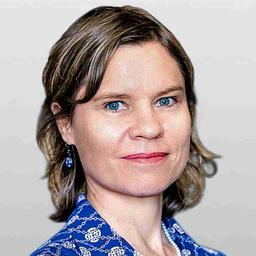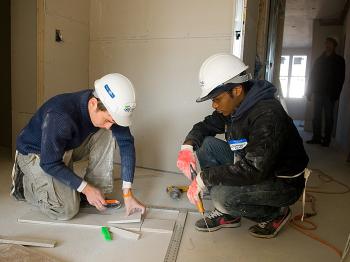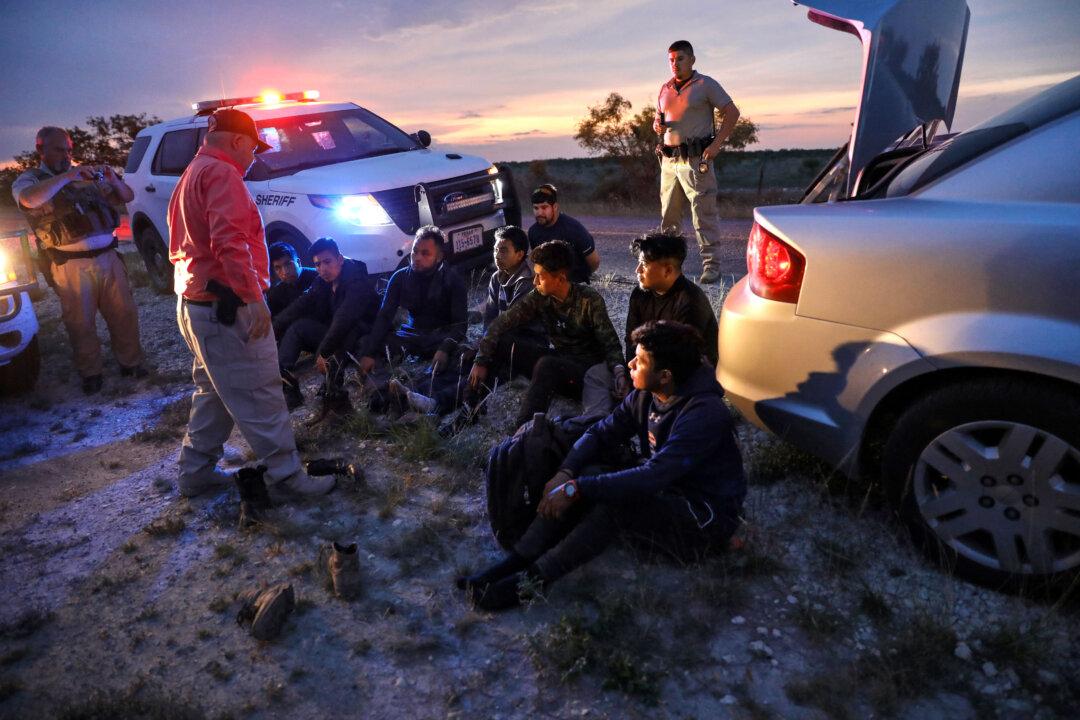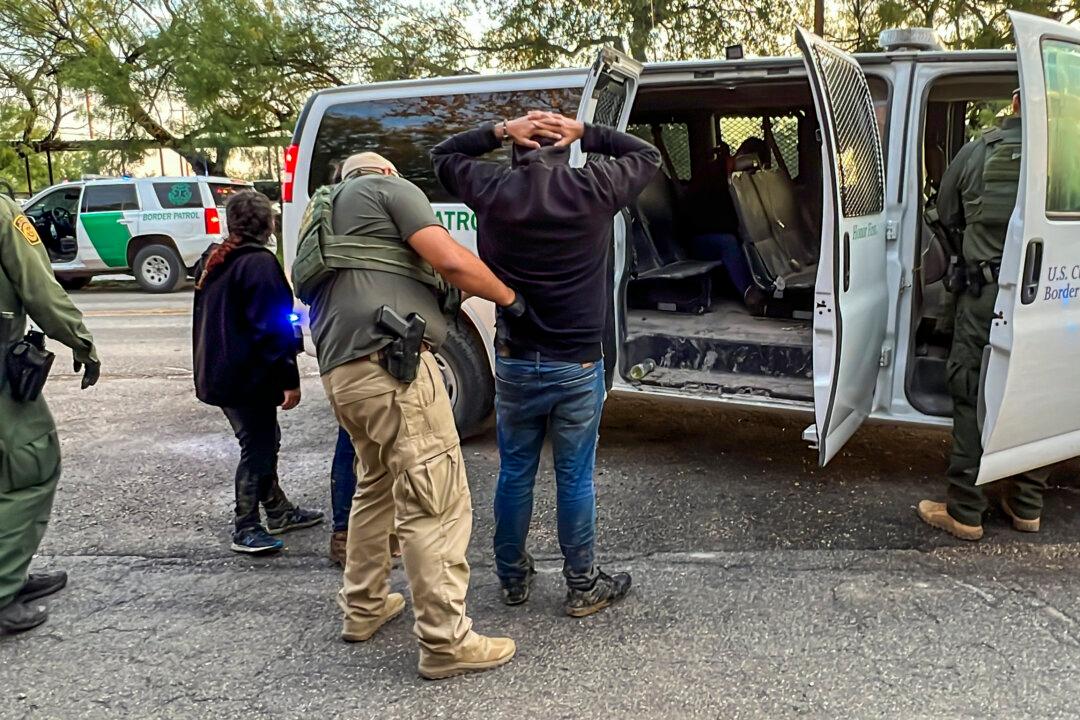NEW YORK—Regina Graham lived in a crowded, two-bedroom unit in the projects with her two kids. “And it wasn’t clean,” she said.
“There were people drinking in the lobby, drug dealers,” she said. “I [wanted to] keep my son away from that and make sure my daughter was safe.”
Graham was determined to purchase her own home by the time she was 40, but at 39 and a single parent, the dream seemed a long way off.
She found out about Habitat for Humanity International, a low-income housing initiative that is based on community involvement, and signed up.
“We moved in January 2006 ... and I turned 40 that April,” Graham said.
Habitat for Humanity requires 300 hours of “sweat equity” per adult in the household—that means pitching in hard labor to get the house built. Graham said she put her time into her house, and also enlisted the help of her family members—even her boss and her boss’ husband donated a day of labor to the cause.
The family moved into its three-bedroom, two-and-a-half bathroom condo four years ago and never looked back.
“When we moved in there, [my daughter] was good in school, but now she made valedictorian when she graduated from junior high school. Part of that is because she got a place to study and she was able to come home to peace,” Graham said.
The New York branch of Habitat for Humanity was granted $11 million last week directly from the Department of Housing and Urban Development (HUD) to get another 100 families like the Graham’s into their own homes.
Josh Lockwood, executive director of Habitat for Humanity New York, said the organization provides an affordable, fixed mortgage that’s about 1 percent down payment, a 2 percent fixed interest rate over 30 years, and 300 hours of “sweat equity.” First-time homeowners are still eligible for an $8,000 tax credit with a home purchase.
“There were people drinking in the lobby, drug dealers,” she said. “I [wanted to] keep my son away from that and make sure my daughter was safe.”
Graham was determined to purchase her own home by the time she was 40, but at 39 and a single parent, the dream seemed a long way off.
She found out about Habitat for Humanity International, a low-income housing initiative that is based on community involvement, and signed up.
“We moved in January 2006 ... and I turned 40 that April,” Graham said.
Habitat for Humanity requires 300 hours of “sweat equity” per adult in the household—that means pitching in hard labor to get the house built. Graham said she put her time into her house, and also enlisted the help of her family members—even her boss and her boss’ husband donated a day of labor to the cause.
The family moved into its three-bedroom, two-and-a-half bathroom condo four years ago and never looked back.
“When we moved in there, [my daughter] was good in school, but now she made valedictorian when she graduated from junior high school. Part of that is because she got a place to study and she was able to come home to peace,” Graham said.
The New York branch of Habitat for Humanity was granted $11 million last week directly from the Department of Housing and Urban Development (HUD) to get another 100 families like the Graham’s into their own homes.
Josh Lockwood, executive director of Habitat for Humanity New York, said the organization provides an affordable, fixed mortgage that’s about 1 percent down payment, a 2 percent fixed interest rate over 30 years, and 300 hours of “sweat equity.” First-time homeowners are still eligible for an $8,000 tax credit with a home purchase.







